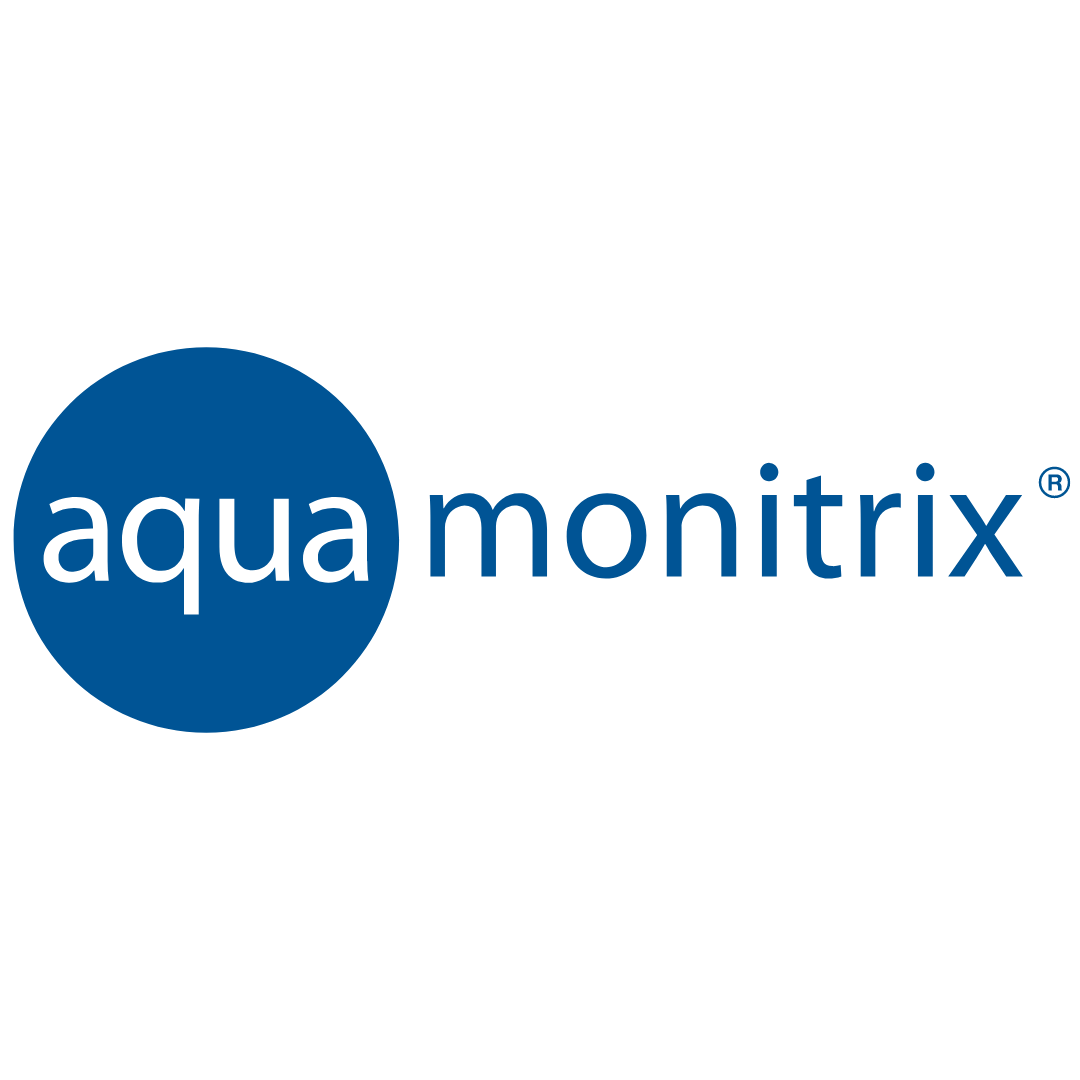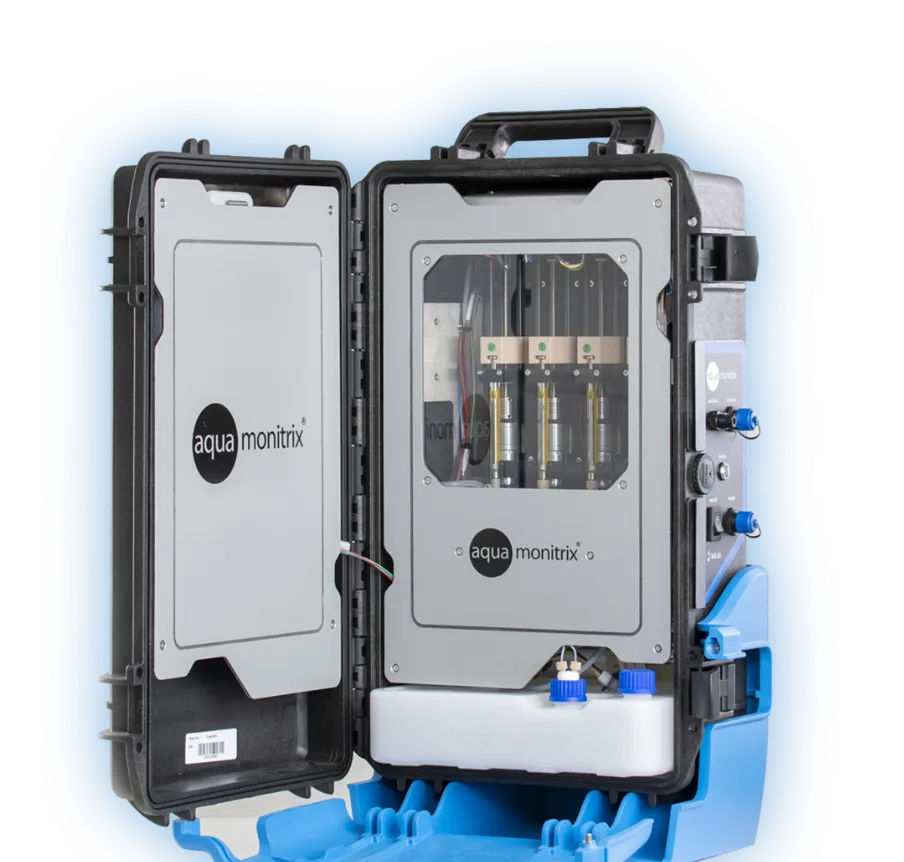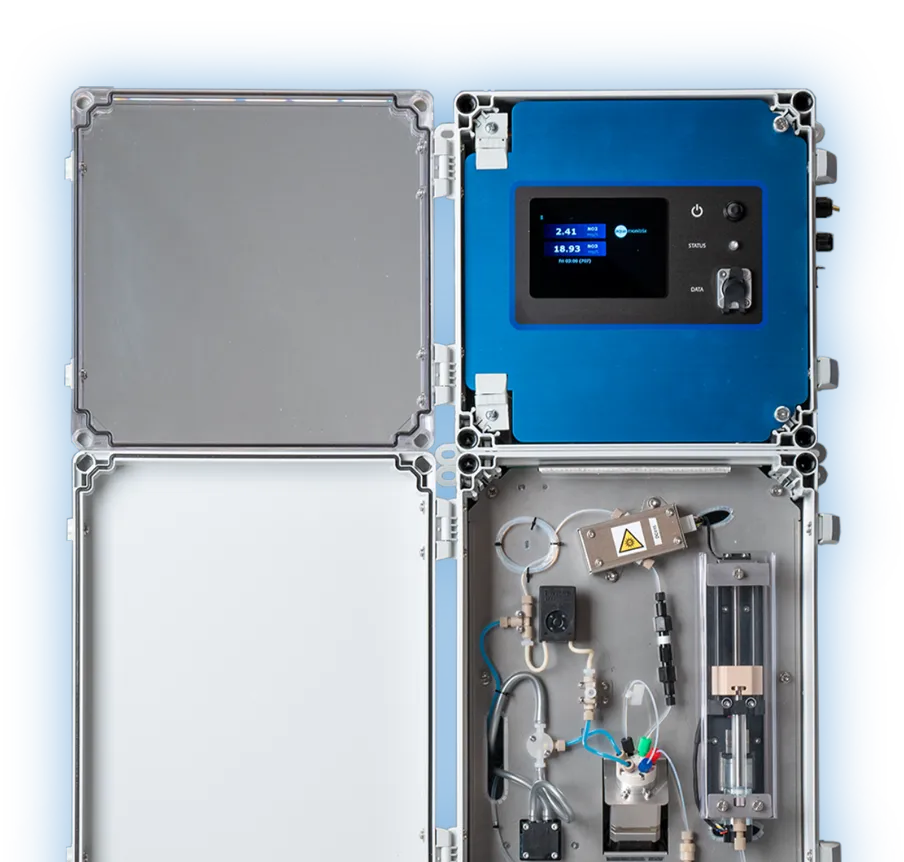In the United Kingdom, several initiatives are underway to reduce nitrous oxide (N₂O) emissions from wastewater treatment processes. Given N₂O's significant global warming potential, these projects are pivotal in the water sector's commitment to achieving net-zero emissions by 2030.
Some Key UK Projects Addressing N₂O Emissions


Deployment of Advanced Emission Monitoring Technology
In a UK water sector first, Scottish Water has implemented Grandperspective’s scanfeld® technology at a WWTW near Glasgow. This cutting-edge Fourier Transform Infrared (FTIR) system can detect minute concentrations of greenhouse gases, including N₂O, methane, and carbon dioxide, from distances exceeding two kilometers. By providing detailed real-time data on gas emissions, this technology enhances the understanding of emission sources and facilitates the development of targeted mitigation strategies.
Process Optimization and Emission Reduction Strategies
Scottish Water treats approximately 983 megaliters of wastewater daily, with biological treatment processes generating N₂O and methane. To address these emissions, the utility plans to transition from demonstrating optimization techniques at WWTWs and sludge treatment centers to fully implementing these optimizations by 2040. This approach aims to decrease N₂O production through improved process control and operational efficiencies.
Integration into Net-Zero Emissions Routemap
These efforts are integral to Scottish Water's broader Net-Zero Emissions Routemap, which outlines a comprehensive strategy to transform operations and investments towards sustainability. The routemap emphasizes the importance of reducing process emissions, including N₂O, through technological innovation, enhanced monitoring, and process optimization.
Through these projects and strategies, Scottish Water demonstrates a proactive approach to mitigating N₂O emissions, contributing to environmental sustainability and the fight against climate change.
Role of Nitrite (NO₂⁻) Monitoring
Effective monitoring of nitrite levels is crucial in controlling N₂O emissions. Elevated nitrite concentrations can lead to increased N₂O production during the nitrification and denitrification stages of wastewater treatment. By implementing real-time nitrite monitoring, operators can optimize process conditions, thereby minimizing N₂O emissions.
Aquamonitrix's Contribution
Aquamonitrix® offers advanced analyzers capable of real-time, accurate monitoring of nitrite and nitrate levels in wastewater. These analyzers provide high-frequency data, enabling wastewater treatment plants to enhance process control and reduce N₂O emissions effectively. For instance, Aquamonitrix® has been utilized in activated sludge zones to help minimize N₂O emissions from biological nitrogen removal processes.
By integrating advanced monitoring solutions, UK wastewater treatment facilities can enhance efficiency, reduce emissions, and move towards NetZero. These are just some of the goals Processplus strives to be involved in.
Get in touch with Processplus to learn how Aquamonitrix® Analysers can support your projects!
